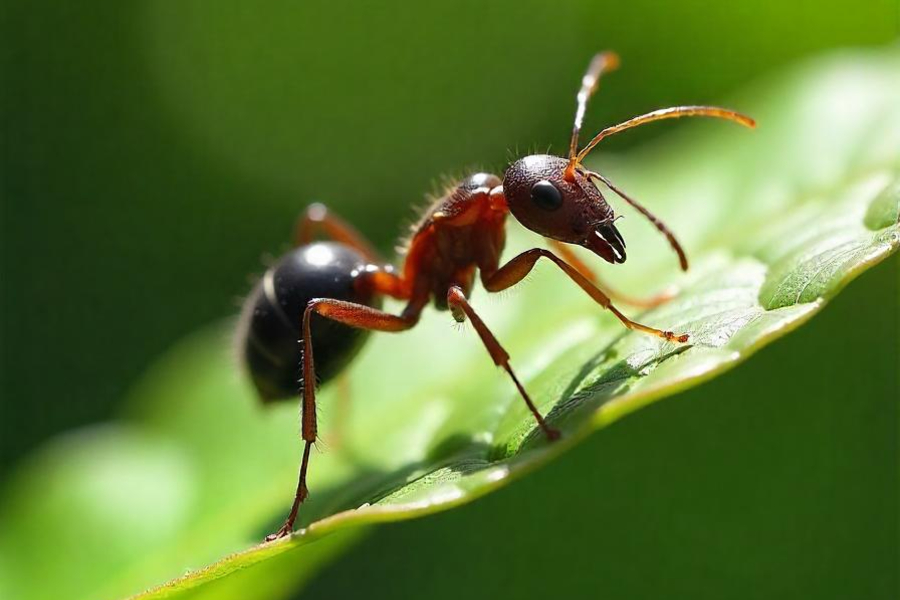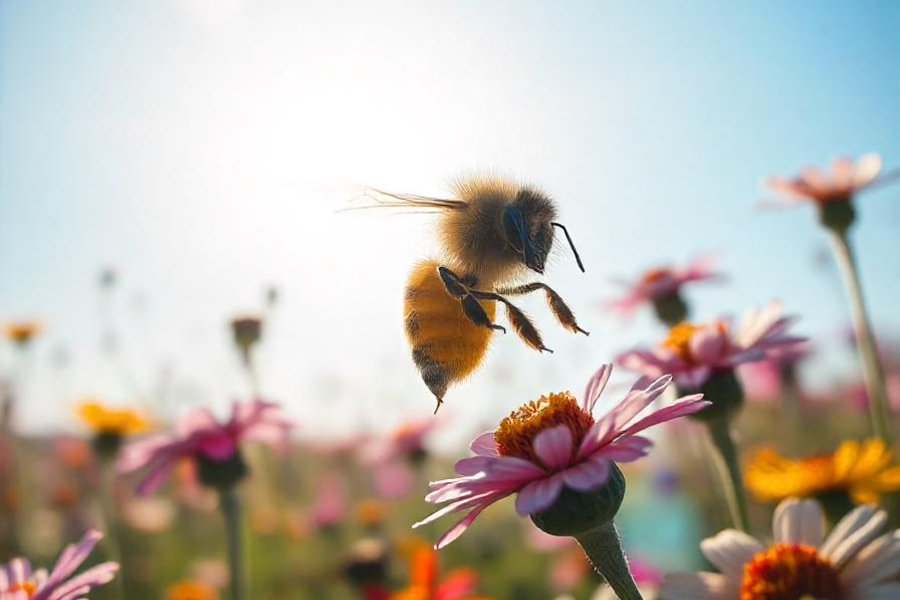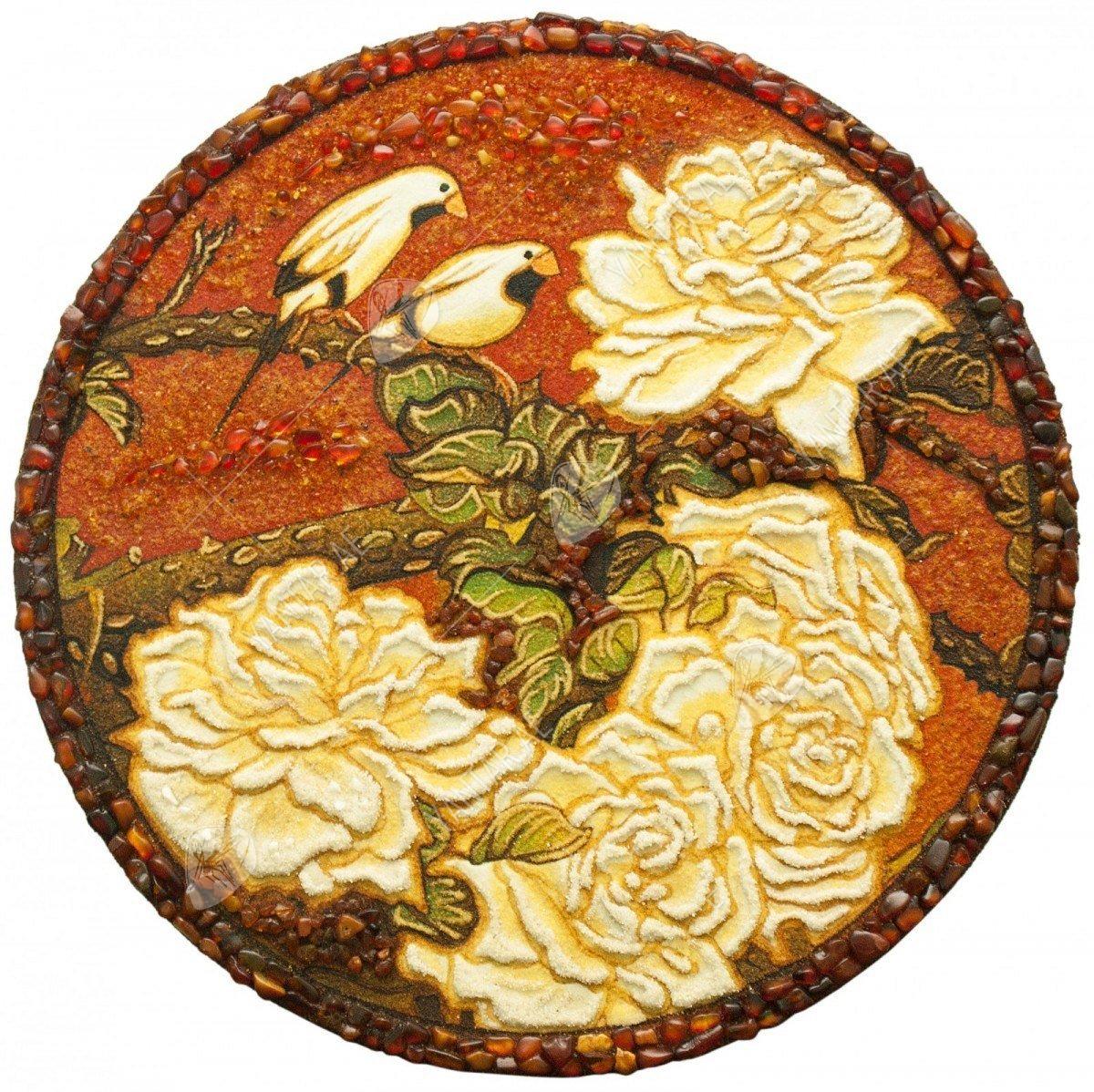
The Holy Quran, the sacred scripture of Islam, is a comprehensive guide for Muslims, encompassing various aspects of life, spirituality, and morality. Among its many teachings, the Quran also mentions a variety of animals, often using them to convey deeper meanings, lessons, and reflections on God's creation. In this article, we will explore some of these animals, delving into their significance and the wisdom they bring to the Islamic faith.
The Camel (Al-Jamal)
The camel is frequently mentioned in the Quran, symbolizing endurance, strength, and the marvels of God's creation. In Surah Al-Ghashiyah (88:17), the Quran asks, "Do they not look at the camels, how they are created?" This verse invites believers to reflect on the camel's unique design, which enables it to survive harsh desert conditions, highlighting God's ingenuity and mercy.

The Elephant (Al-Fil)
Surah Al-Fil (105:1-5) tells the story of the army of the elephant, led by the Abyssinian king Abraha, who sought to destroy the Kaaba. God protected the holy sanctuary by sending birds pelting the army with stones, causing their defeat. This event symbolizes divine intervention and the protection of sacred places.
The Ant (An-Naml)
In Surah An-Naml (27:18-19), the story of the ant is narrated, where an ant warns its colony about the approaching army of Prophet Solomon. This incident showcases the ant's communication and organization skills, teaching humans about community, leadership, and the importance of looking out for one another.

The Bee (An-Nahl)
The bee is mentioned in Surah An-Nahl (16:68-69), where it is said that God inspired the bee to build its hives in mountains, trees, and trellises, and to eat from various fruits, producing honey with healing properties. This highlights the bee's industrious nature and the benefits of honey, emphasizing the balance and purpose in God's creation.

The Lion (Al-Asad)
The lion is mentioned explicitly in the Quran once in Surah Al-Muddathir (74:51), where it describes people fleeing from a lion. The verse states, "Fleeing from a lion?" (74:51). This imagery evokes the fear and awe that a lion inspires, symbolizing strength, power, and majesty. The lion's mention in this context serves as a metaphor for the mighty and unassailable nature of divine truth, which people may try to escape but ultimately cannot avoid. The lion's powerful presence underscores the Quran's emphasis on the awe-inspiring force of God's message and the futility of trying to evade it.
The Wolf (Al-Dhi’b)
The wolf is mentioned in the story of Prophet Joseph (Yusuf) in Surah Yusuf (12:13, 17). Joseph's brothers use the wolf as an excuse for his disappearance, claiming that a wolf devoured him while they were not watching. In verse 13, Joseph's father, Jacob (Yaqub), expresses his fear, saying, "I fear that a wolf may eat him while you are unaware." This narrative highlights themes of deceit, jealousy, and the trials faced by Joseph, ultimately leading to his elevation and the fulfillment of God's plan.
The Horse (Al-Faras)
The horse is mentioned several times in the Quran, symbolizing power, swiftness, and the blessings of God. In Surah Al-Anfal (8:60), believers are instructed to prepare steeds of war to strike fear into the hearts of their enemies: "And prepare against them whatever you are able of power and of steeds of war by which you may terrify the enemy of Allah and your enemy." Additionally, in Surah Al-Adiyat (100:1-5), the charging horses are vividly described, emphasizing their strength and the urgency of their mission: "By the racers, panting, and the producers of sparks [when] striking, and the chargers at dawn." These verses illustrate the noble qualities of horses and their significance in conveying the might and readiness of the faithful.
The Cow (Al-Baqarah)
The cow is central to Surah Al-Baqarah (2:67-71), which recounts the story of Moses instructing the Israelites to sacrifice a specific cow. This narrative teaches lessons about obedience, faith, and the consequences of challenging divine commands. The cow also symbolizes sustenance and agricultural prosperity in Islamic tradition.
Birds (At-Tayr)
Birds in the Quran symbolize freedom, divine order, and purpose. In Surah Al-Anbiya (21:79), Allah granted Prophets Dawud and Suleiman the ability to understand birds' speech:
"And We subjected the mountains to glorify [Allah] with him, and the birds as well. And We were [always] doing [this]."
Birds glorify Allah, reminding humans of their duty to worship. In Surah An-Naml (27:20-28), the Hudhud (hoopoe) delivers the message of Islam to Queen Sheba, showing birds as instruments of Allah’s plans. Surah Al-Fil (105:3-5) recounts how flocks of birds defeated Abraha’s army, illustrating Allah’s power to use even small creatures to fulfill His will. These stories highlight birds as symbols of intelligence, devotion, and purpose, inspiring believers to reflect on their own responsibilities.
The Spider (Al-Ankabut)
In Surah Al-Ankabut (29:41), the spider is used as a metaphor for those who take protectors other than God, describing their reliance as fragile as a spider's web. This analogy underscores the importance of faith and trust in God's power over worldly dependencies.

The Crow (Al-Ghurab)
In Surah Al-Ma'idah (5:31), the story of Cain and Abel includes a crow demonstrating to Cain how to bury his brother, teaching him the act of burial. This event illustrates the concept of repentance, human learning from nature, and the mercy of God in guiding humanity.
The Fish (Al-Hut)
The fish appears in the story of Prophet Jonah (Yunus), who was swallowed by a great fish and later delivered safely to the shore. This narrative, mentioned in Surah As-Saffat (37:139-148), conveys themes of repentance, patience, and God's mercy in times of distress.
The animals mentioned in the Holy Quran serve as profound symbols and teaching tools, reflecting the wisdom and intricacy of God's creation. By contemplating these creatures, believers are encouraged to gain insights into their own lives, foster a deeper connection with nature, and strengthen their faith. The Quran's references to animals remind us of the interwoven tapestry of existence and the divine lessons present in every aspect of the natural world.
.jpg)






 Jewelry
Jewelry Silver amber jewelry
Silver amber jewelry Amber pictures
Amber pictures Souvenirs
Souvenirs